by Nancy Kirsner
“The stories people tell have a way of taking care of them. If stories come to you, care for them. And learn to give them away where they are needed. Sometimes a person needs a story more than food to stay alive. That is why we put these stories in each others’ memory. This is how people care for themselves.”
—Barry Lopez, Crow and Weasel
Storytelling is a universal way we have communicated since time began, but now it is a highly honed and valued management/leadership tool. The strategic use of inspiring stories creates and supports a shared culture and goals. The growing arena of brain neuroscience has shown that we learn more easily, retain information longer, and have a greater impact through stories than through presenting facts or data alone.
Storytelling has taken center stage in business, management, TED Talks, and just about any leadership role. Business publications from Forbes to the Harvard Business Review abound with articles on storytelling and leadership. A relatively newer iteration of the use of story is “storydoing,” as defined by Ty Montague in his book True Story: How to Combine Story and Action to Transform Your Business.
Montague writes, “I call these new companies storydoing companies because they advance their narrative through action, not communication. Storydoing companies—Red Bull, TOMS shoes, Warby Parker, and Tory Burch, for example—emphasize the creation of compelling and useful experiences—new products, new services, and new tools that advance their narrative by lighting up the medium of people. … Storydoing companies create fierce loyalty and evangelism in their customers. Their stories are told primarily via word of mouth, and are amplified by social media tools.” Storydoing aims to make people’s lives and the world a better place, and engages people actively to use the story to advance their own stories.
How positive psychology and storydoing are related could be simply stated as “Don’t just tell me, show me.” Storytelling was part of positive psychology from the very beginning, when Martin Seligman and Christopher Peterson began their first course with “serious introductions,” in which each person tells a story about being their best self. Primed by Seligman’s Nikki story, a conversation with his five-year-old daughter that inspired him to become a better person, these best-self stories, combined with appreciative listening, became an essential ingredient to begin every course they taught. Psychologist Laura King elevated this to another level with a writing exercise she called the “Best Possible Self Practice.”
Seligman and others, supported by the brain science of neuroplasticity, confirmed that to sustain positivity at a high level in your life, practices, habits, and rituals must be cultivated in everyday living that include all aspects of your timeline—past, present, and future. All of these are primers for doing our lives differently for the greater good—our own and that of the world around us.
The “how” of positive psychology is the action application of the concepts and research. At the heart of birthing positive psychology was the desire to bring the rich concepts to Main Street and all people. The “how” of what we do includes rich action verbs like flourishing, cultivating, savoring, enriching, affirming, being mindful, linking, connecting, engagement and making things stick. These action verbs connect storytelling and story doing, creating a reciprocal effect, with one flowing into the other, energizing us to act—to do, be, create, and move positive psychology concepts and research into our lives and communities, and promote them on a global level, creating connection, compassion, and engagement.
Here’s the brain science behind the magic of storytelling and storydoing. Stories, as opposed to facts and data, stimulate multiple areas of our brain that control behavior and engage us more deeply with content. The telling of stories promotes closeness between teller and audience.
There are at least four things going on in the brain during storytelling/doing:
Cortex Activity: When our brains process facts, two areas are activated: Broca’s area and Wernicke’s area. A well-told story engages additional areas, including the motor, sensory, and frontal cortexes.
Dopamine Release: When the brain experiences an emotionally charged event, dopamine is released. This makes it easier to remember the event and ensures greater accuracy in the memory.
Mirroring (mirror neurons): Listeners have similar brain activity to each other and to the storyteller.
Neural Coupling: A story activates parts of the brain that allow the listener to weave the story into their own ideas/experiences, as a result of the process of neuroplasticity.
Storydoing in positive psychology has arrived! Well-being and happiness are major concerns at global and national levels. There are workshops, summits, meet-ups, and live and online courses. There is a Gross Happiness Index and established measures of well-being. Look at the explosion of electronic apps and TED talks on every aspect of well-being, meditation, leadership, business—all geared toward the being and doing, not just the science, of flourishing. It’s both novel and contemporary, and also a return to basics: Storydoing is person-to-person involvement.
“Tell me and I’ll forget, show me and I may remember. Involve me and I learn.”
—Benjamin Franklin
Nancy Kirsner, PhD, TEP, has more than 45 years of experience in the fields of mental health, education, and consulting. She began her professional life as an occupational therapist when the Humanistic Movement was at its height. Group encounter was the popular psychological intervention, and her fascination with groups inspired her to become a board-certified trainer, educator and practitioner of psychodrama, sociometry (the science of social choice making), and group psychotherapy. Nancy presents workshops throughout the United States, and specializes in action methods—translating concepts into teachable, tangible actions.


 Nancy Kirsner, PhD, TEP, has more than 45 years of experience in the fields of mental health, education, and consulting. She began her professional life as an occupational therapist when the Humanistic Movement was at its height. Group encounter was the popular psychological intervention, and her fascination with groups inspired her to become a board-certified trainer, educator and practitioner of psychodrama, sociometry (the science of social choice making), and group psychotherapy. Nancy presents workshops throughout the United States, and specializes in action methods—translating concepts into teachable, tangible actions.
Nancy Kirsner, PhD, TEP, has more than 45 years of experience in the fields of mental health, education, and consulting. She began her professional life as an occupational therapist when the Humanistic Movement was at its height. Group encounter was the popular psychological intervention, and her fascination with groups inspired her to become a board-certified trainer, educator and practitioner of psychodrama, sociometry (the science of social choice making), and group psychotherapy. Nancy presents workshops throughout the United States, and specializes in action methods—translating concepts into teachable, tangible actions.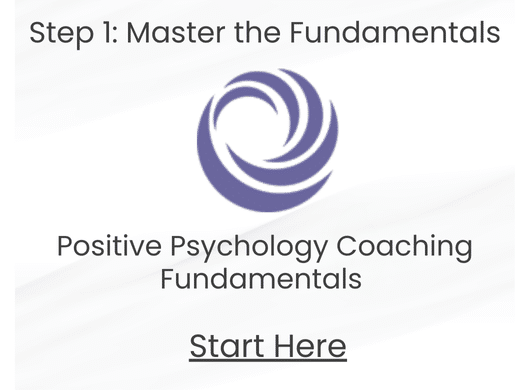
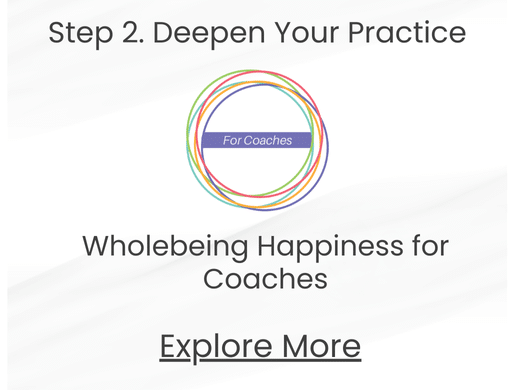
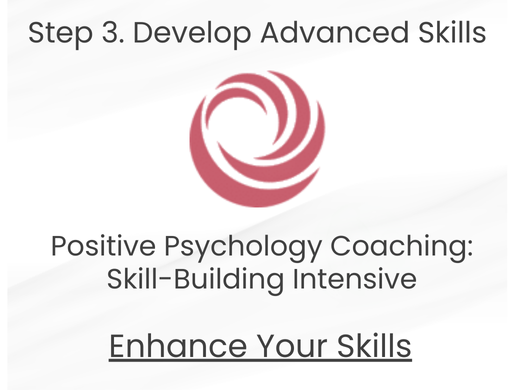

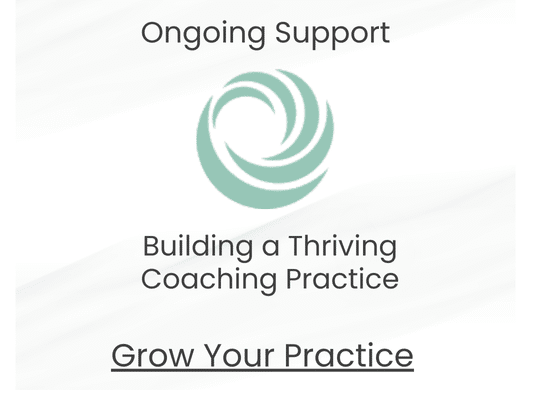
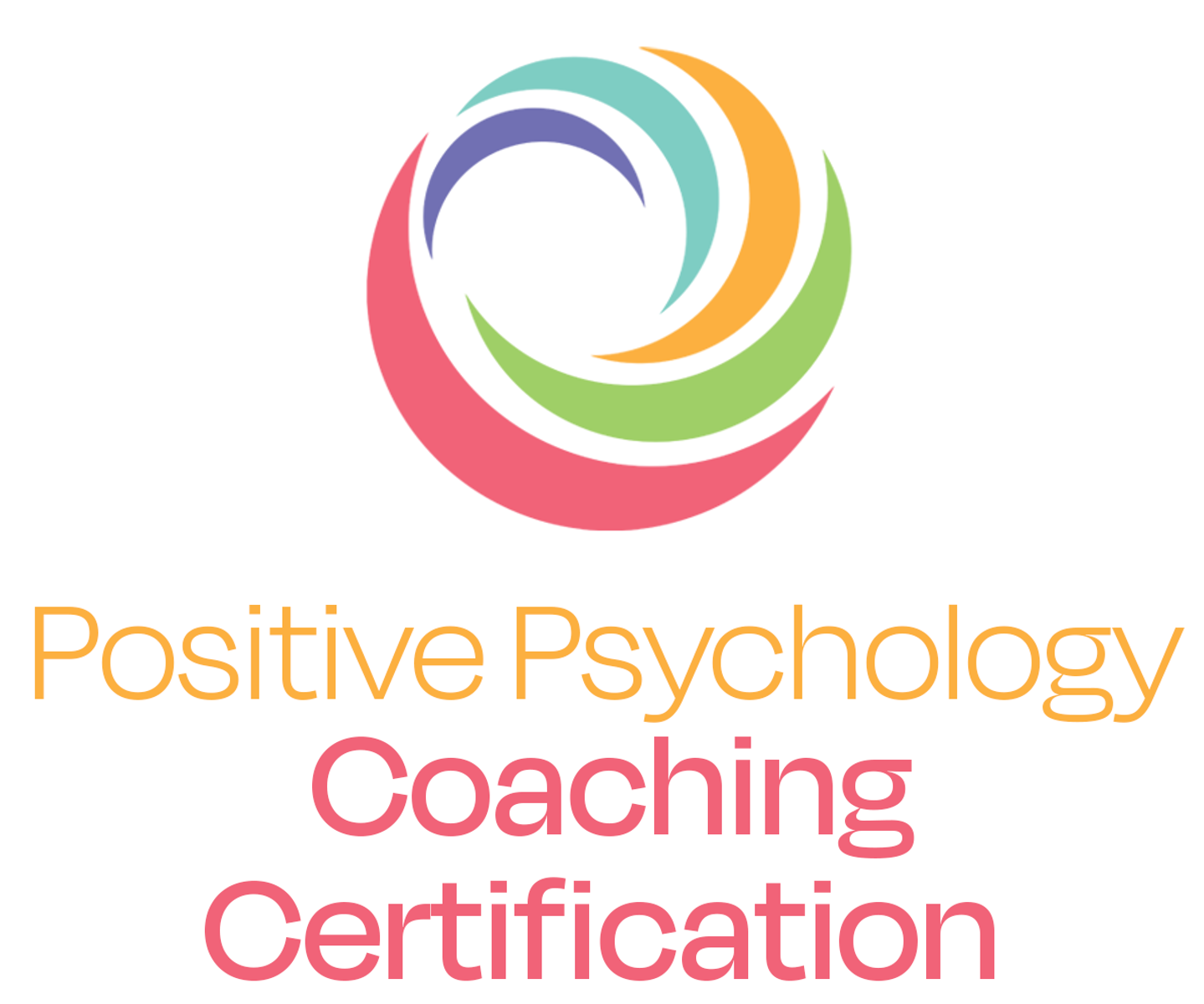
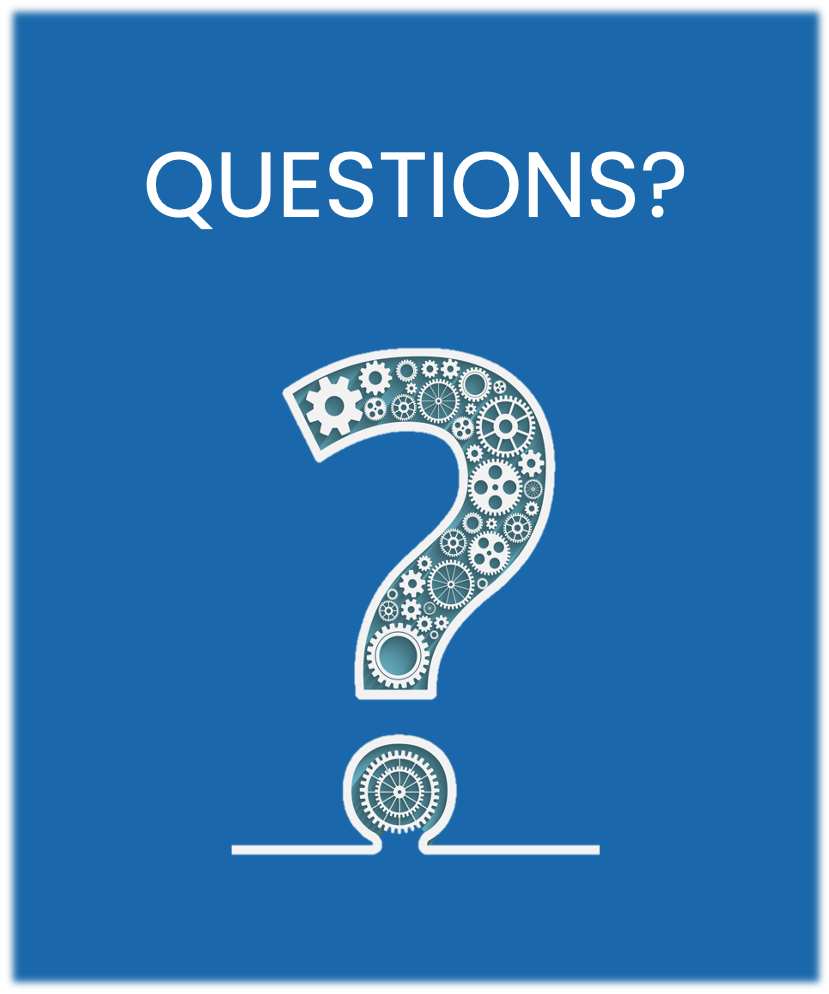

Love this article. Thanks Nancy!
Inspiring, informative. A tool for deeper learning. I appreciate WBI for providing a forum with many gifted teachers, guides and material.
I loved reading this! It is an excellent article from a super human being.